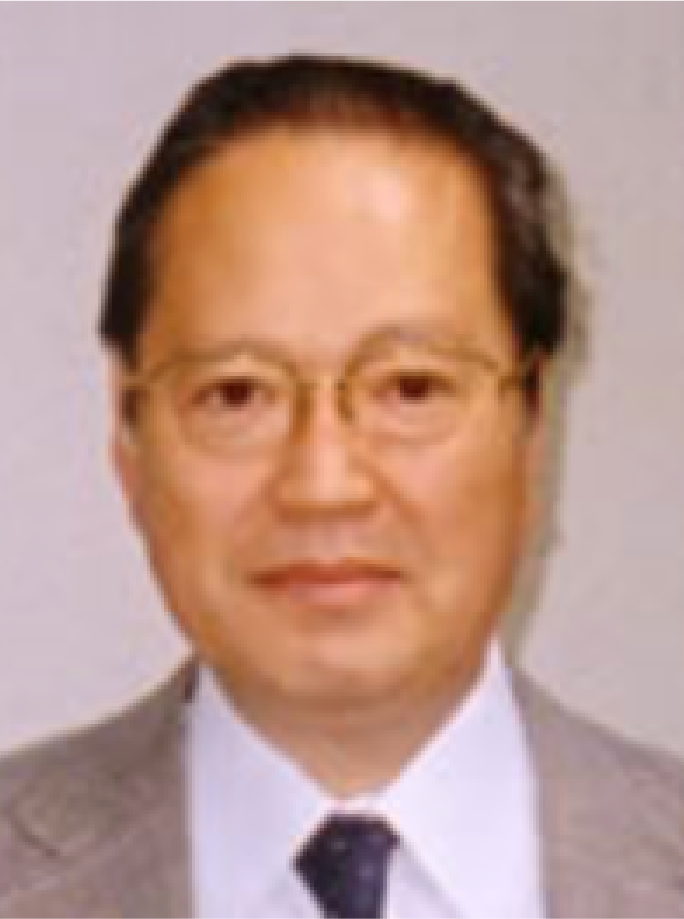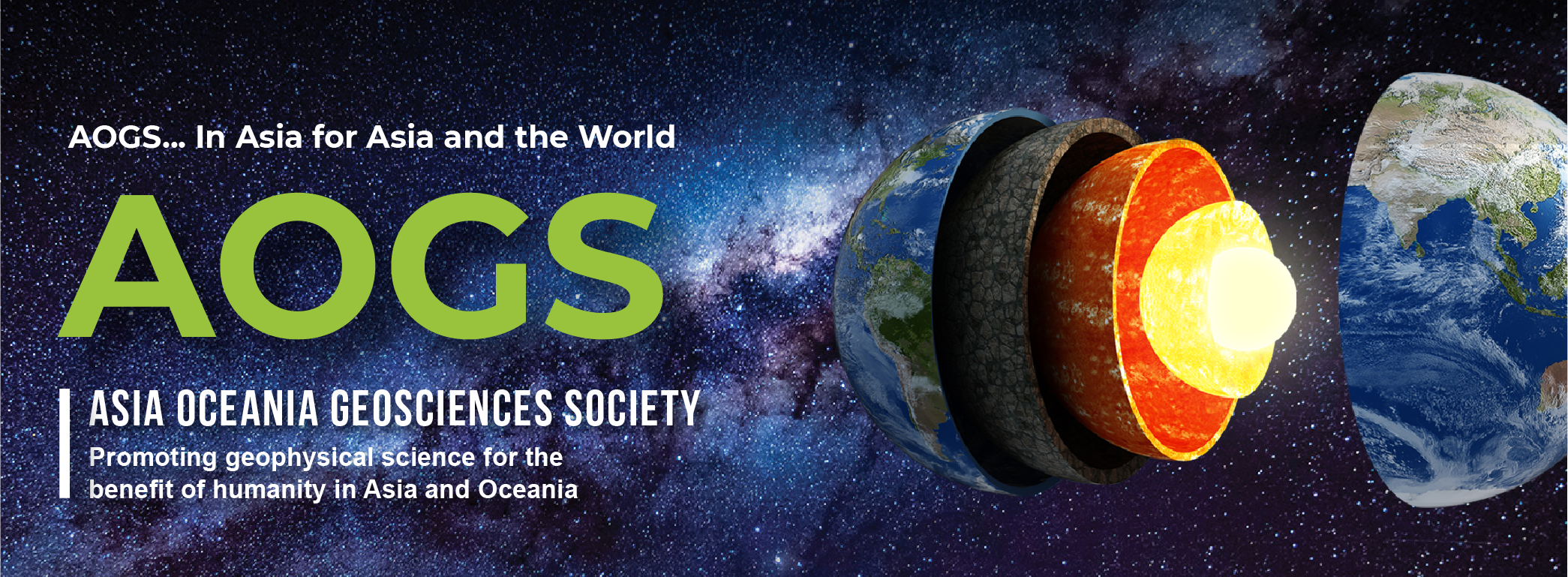
Treasury of Times & Origins

Vision for the Future of AOGS
A. Nishida
Graduate University for Advanced Studies (Sokendai)
Since it was established in 2003, AOGS has developed into the central piece of the geoscience community in Asia and Oceania. Up to 1,500 scientists take part annually in its Assembly to present the latest outcome of their research and make new friends. Maturing of the community is witnessed in the intimate atmosphere of the Section Business Meetings, for example. This is already a very significant advance compared to a decade ago when scientists of Asia-Oceania used to travel to other parts of the world - US, Europe, etc - to see each other.
AOGS should ever strive to enhance participation and improve quality of its Assembly. The first joint Assembly with AGU in 2012 was highly successful in both regards and similar joint Assemblies with the societies developed outside Asia-Oceania are to be frequently organized. AOGS which represents the geosciences community in Asia and Oceania is naturally to play the host at the joint Assemblies held in this region, granted that many of these other societies have longer histories and are global in their activity.
AOGS is a non-governmental body and lives basically on the registration fee paid by participants. Quality of the Assembly should meet the expense. Established schemes to support the fee and travel expense for young scientists and also for scientists from economically developing nations are to be continued and expanded.
AOGS should build and keep contacts with local geosciences communities in nations/regions in Asia-Oceania. Local Advisory Committees that were formed in nations/regions where past Assemblies were held had served ideally well to connect the local community with AOGS, and such contacts are to be maintained after the particular Assembly is over. We are pleased to learn that intensive interactions among scientists of various geoscience disciplines who took part in the past LACs enhanced their communication and led to establishment of a cross-disciplinary Geosciences Society in such nations/regions.
In some nations in Asia-Oceania the span of the geosciences research does not fully encompass the fields covered by Divisions of AOGS. In such cases AOGS could encourage the local scientists to design an international meeting in the area of their specialty and discuss with AOGS to organize it together with them as an “AOGS Topical Meeting”. Organizing such meetings together should enhance the contact with geosciences community in that nation. The scheme of support for such meetings need be discussed at the Executive Committee.
Scientific problems in geoscience warrant international cooperation almost as a rule, because extents of geoscientific phenomena are not defined by national boundaries. Many of these phenomena have serious societal impacts, and geoscientists are entrusted to better understand their nature so that the incurring disaster could be contained, if not prevented. Asia-Oceania has abundance of them. Numerous international research programs are already running but it is anticipated that many more will be conceived and practiced. AOGS where geoscientists of Asia-Oceania regularly meet and interact should make a highly relevant forum for fermenting and designing proposals for international cooperative programs. Business Sessions and IWG sessions are ideally suited for this purpose, and ENews can be used to spread information on the international cooperative programs being planned and/or conducted across Asia-Oceania. Fruits of the collaboration of course should make highlights of relevant Divisions at AOGS Assemblies.
AOGS has been active in the public outreach. Members have delivered popular lectures at the venue and some have gone out to local schools where fascinating picture of the Earth and planets revealed by geoscience are presented. This important activity for the future need be continued and expanded. Cooperation with the local geoscience community is essential for the success of the outreach activities.

